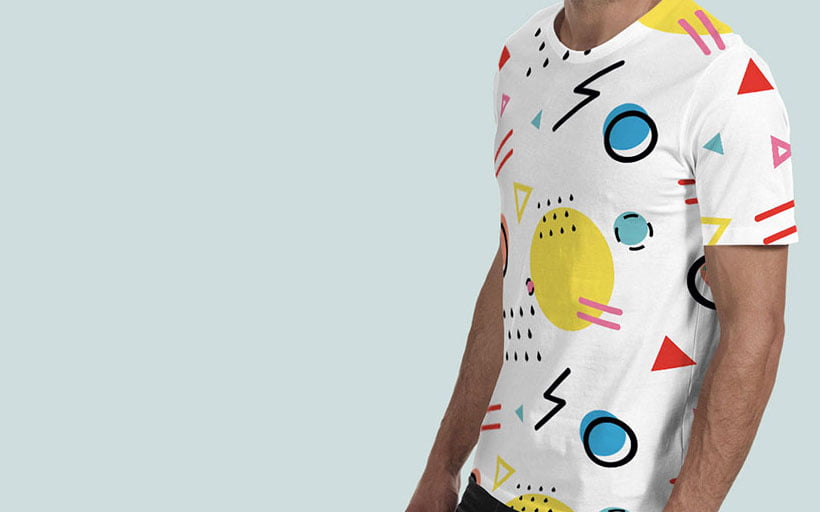The types of sublimation materials available are quite varied. Some are cheaper than others. The most common types are Heat transfer paper and Unisub. Here are some tips on which type of sublimation material to use. If you’re looking for a more affordable alternative, consider heat transfer paper.
Dye sublimation is the best option
Dye sublimation printing is one of the most popular types of printmaking today. It offers high quality, long-lasting images. These prints can be displayed both indoors and outdoors. They are glossy, durable, and UV-resistant. Because of the sublimation process, it is possible to print almost any image on these products.
The process of dye sublimation uses disperse dyes to embed a design onto fabric. These dyes are then transferred to the material through a heat press. This process creates vibrant, full-color designs that are easy to care for and fade-resistant. The process is also waterless and lightweight.
Unisub is the most common sublimation material
If you’re interested in sublimation printing, Unisub is one of the best sublimation materials available. Generally, light-colored fabric produces the best image quality and most vibrant colors. There are several different materials to choose from, but the most popular is Unisub hardboard. Its premium high-gloss surface produces professional-looking results. If you’re just starting out, a basic whiteboard purchased from a home improvement store may also work.
Another type of material is called DyeFlex(r), a plastic-like material that is only 1/64-inch thick. It is a cheaper substitute for UNISUB, but it doesn’t have the same UV protective agents. In addition to DyeFlex, DynaSub is another type of sublimation metal that does not have UV protective agents. There are also Epson-branded sublimation printers that use Piezo printheads.
Heat transfer paper is cheaper than sublimation
If you’re looking to create promotional products, the choice between heat transfer paper and sublimation printing will depend on your budget and your goals. Both processes use heat to transfer images to fabric. Heat transfer paper costs less than sublimation, but sublimation requires more expensive equipment and a heat press. In addition, you will also need to purchase sublimation vinyl, which is a separate product.
Sublimation and heat transfer paper are both used to transfer images to a variety of goods. They differ in their qualities and cost, and the right choice will depend on the type of garment and the amount of money you want to invest in the process. Sublimation paper works best on white polyester garments because of its excellent washability and durability. Heat transfer paper is cheaper, but doesn’t produce as good a quality print.
Polyester-cotton mix is best
Sublimation works best with polyester materials and blends. The ink dye bonds with the polyester molecules, transferring the design in the highest quality possible. The ideal substrate for sublimation is a polyester-cotton mix of at least 65%. Polyester-cotton blends offer the advantages of cotton’s softness with the vivid colors of polyester.
Polyester is a man-made plastic fiber, derived from a chemical reaction that involves petroleum. It is a thermoplastic material, meaning it can be heated and cooled many times without losing its chemical structure. However, it is not as comfortable as cotton. Polyester-cotton blends are comfortable to wear and last longer than a 100% polyester fabric.
Solvent dye sublimation ink is best
Solvent dye sublimation inks differ from aqueous sublimation inks in several ways. One of the primary differences is that solvent inks don’t contain water and instead use a solvent-based oil base. Ferulic acid is a key ingredient in solvent dye sublimation inks, and the amount used in the solution will directly impact the amount of subliminal dispersed dye. The dye particles used in solvent dye sublimation inks have a melting point of approximately 200 Celsius.
Generally speaking, a solvent-based ink is more durable than a pigment ink. This makes them suitable for outdoor signage and signs that need to last a long time. Moreover, solvent-based inks are more environmentally friendly and biodegradable, which means they don’t damage the components of your printer. This can also increase the lifespan of your printer.

